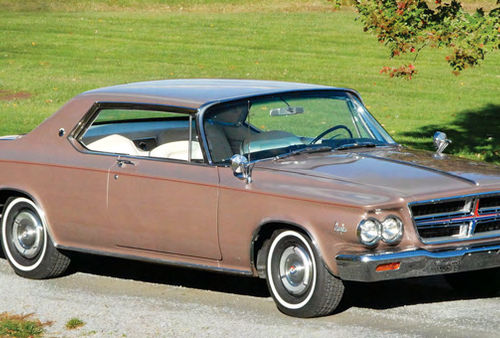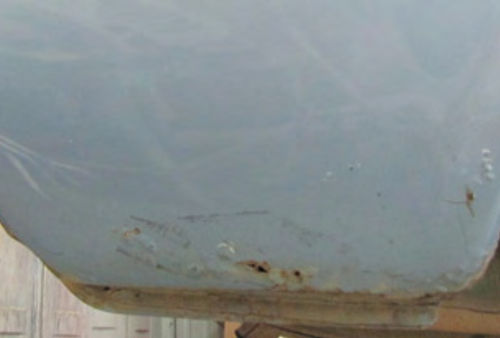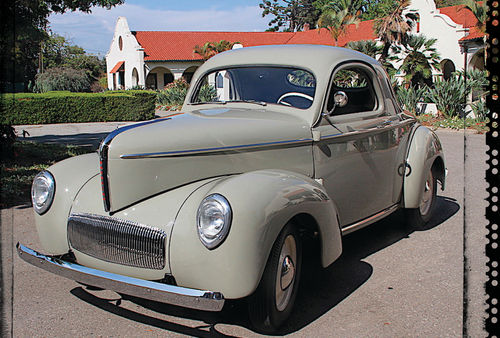With tires and wheels, size does matter
Question:
I have a 1948 Pontiac Torpedo Eight that has sixteen-inch wheels on it, and I can’t find tires for it. I can get fifteen or fourteen-inch wheels that will fit, but I am concerned about what that might do to the car. What is your take on this?
Answer:
That is a good question. Changing wheel sizes is done all the time by people who give little or no thought to the consequences but it deserves consideration if you care about such things as handling, safety, dependability and fuel economy.
To begin with, changing wheel diameter is equivalent to going to a lower (numerically higher) rear end, which will mean that the engine will have to operate at a somewhat higher rpm for any given speed.
As a consequence, your engine will be working harder and your gas mileage will suffer as well. To counter these issues you could go to a later lower ratio rear end which is what the manufacturers did when they went to smaller wheels, but that would entail a lot of trouble and expense. Also, anytime you change wheel and tire size, you will make your speedometer read incorrectly because it is designed to discern how fast you are going based on rpm at the transmission.
Another thing to consider is whether the wheels you choose will cause the wheel bearings to wear excessively. The weight of the wheel is designed to be centered directly over the wheel bearings in order to prevent side loads on the bearings for which they were not designed. People who install reversedout wheels and huge tires burn up bearings within months as a result of such ill considered “improvements.” An extreme example of this is people who make VW Beetles into dune buggies without changing the axle bearings.
The next thing to think about is tires. A 1948 Pontiac did not have power steering, so if you go to wider tires, your steering effort will increase. Also you must consider load carrying capacity. Today’s cars are generally lighter than the full-framed big cars of the ’40s. Going to a tire not rated for the load of your Pontiac would be downright dangerous.
And then there is ground clearance. You will be lowering your car a tiny bit if you go from sixteen-inch wheels to fifteen inchers, and that might actually look kind of nice. But if you go all the way to fourteen-inch wheels they will probably look a bit puny in comparison to the fender openings, and they will change the car’s steering geometry dangerously.
You may wonder what I mean, and it would take a series of diagrams to show you, but I can illustrate it with a true tale of tragic consequences. At the 1964 Indianapolis 500 a car was entered that had been designed to use fourteen-inch wheels, but the rules dictated a fifteeninch wheel. The change messed up the steering geometry to the point where the intended driver would not race it, so a young up and comer named Dave Mac Donald qualified the car—barely—and entered the race.
He crashed on the second lap. Both he and Eddie Sachs were killed in the horrible aftermath. The cars burned for half an hour before they could put them out because they were running gasoline at the time. And with the cars on their first laps they were full of fuel and handled differently from their qualifying runs, during which they carry only enough fuel for four laps.
To sum it up, consider what changing wheels and tires will do to steering geometry, load carrying capacity, ride height and engine rpm before you lay your money down. A one-inch wheel change to wheels from a later Pontiac, along with the proper size tires won’t make that much difference in performance, but I certainly would not go smaller than that.















